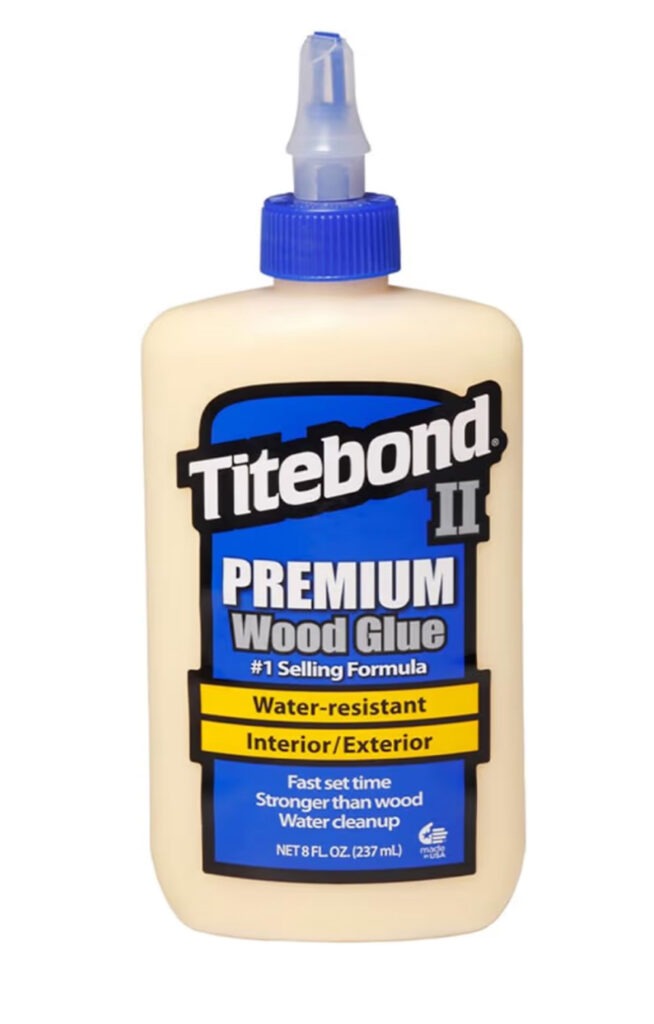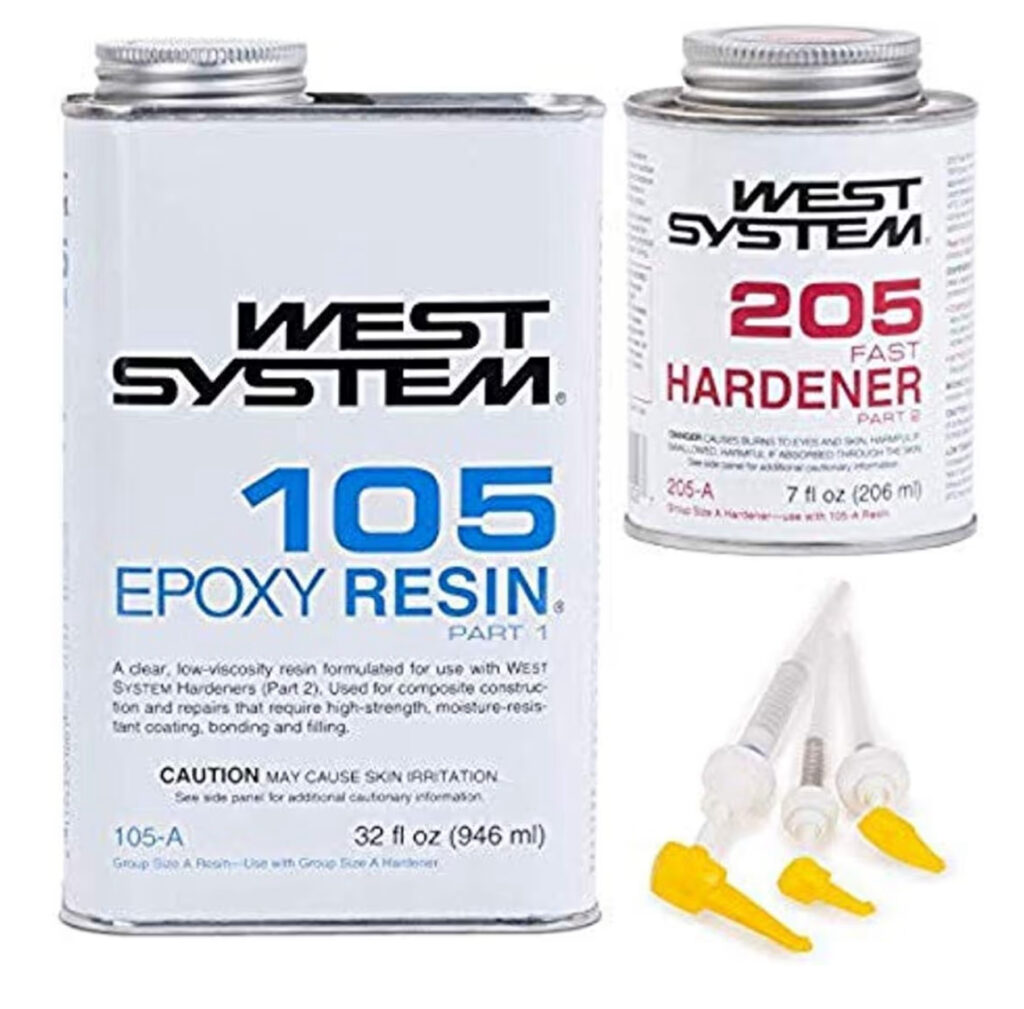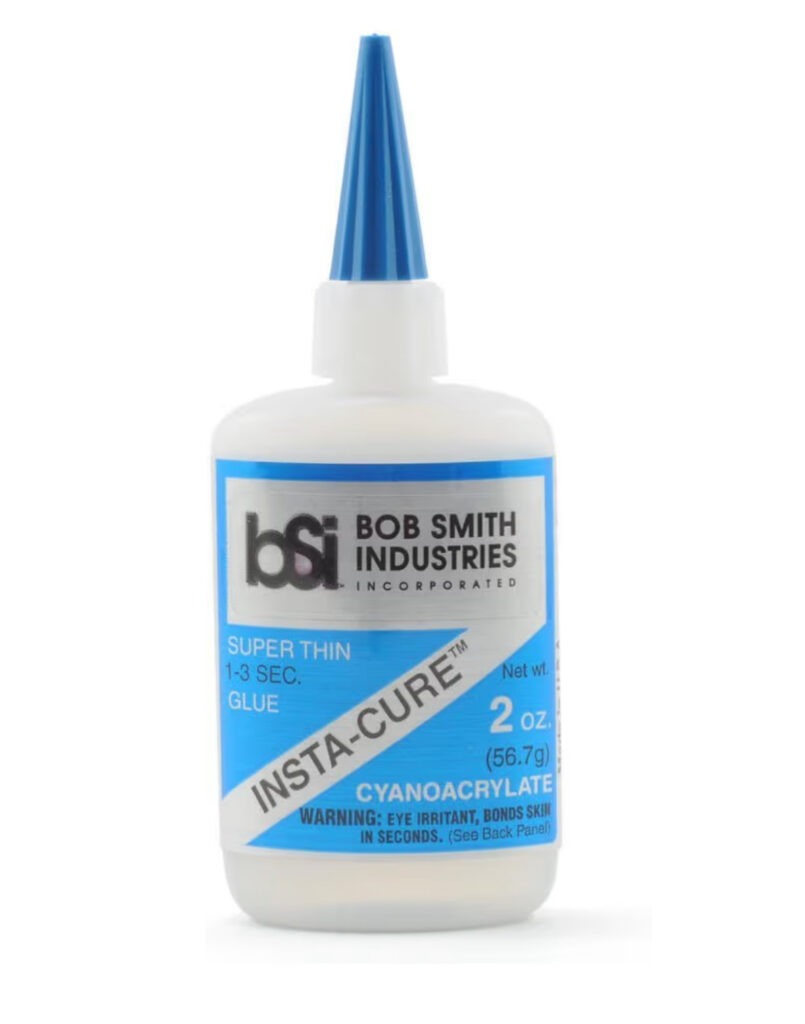Rocketry combines engineering, creativity, and hands-on fun in a way that few hobbies can match. Whether you’re a beginner launching Estes kits or a high-power enthusiast building custom airframes, one thing is critical to every successful flight: using the right adhesives.
Adhesives are the hidden backbone of rockets. They bond fins to airframes, secure engine mounts, seal recovery systems, and more. But with the variety of materials in use—like balsa wood, cardboard, plastic, fiberglass, and composites—not all glues are created equal.
In this article, I’ll explore the most commonly used adhesives in rocketry, what they’re best for, and which materials they bond most effectively.
Wood Glue (PVA – Polyvinyl Acetate)
Best For: Bonding wood to wood or wood to porous materials
Common Materials: Balsa wood, basswood, cardboard (paper tubes)
Wood glue is a favorite for low- to mid-power model rockets due to its ease of use, strong bonds on porous surfaces, and light weight. It’s ideal for attaching balsa fins to cardboard body tubes.
Pros:
- Dries clear and light
- Sandable
- Inexpensive and easy to find
Popular products: Titebond II, Elmer’s Carpenter’s Wood Glue, Gorilla Wood Glue
Tip: For even stronger joints, use internal or external fillets and allow full curing (24 hours) before launch.
Epoxy Resin
Best For: Structural bonds and high-stress connections
Common Materials: Fiberglass, carbon fiber, plastics, plywood, metal
When building mid- to high-power rockets, epoxy is the gold standard. It creates a durable, gap-filling bond that’s resistant to heat, vibration, and impact. It’s essential for bonding fiberglass fins, engine mounts, centering rings, and nose cone
Pros:
- Excellent strength
- Good for bonding dissimilar materials
- Heat and chemical resistant
Popular products: West System 105/205 (for large builds), RocketPoxy, Bob Smith Epoxy, Areopoxy, BSI 5m Epoxy, Gorilla 2 Part Epoxy
Tip: Use 5-minute epoxy for quick fixes, but 30-minute or longer cure epoxies provide stronger, more reliable bonds.
Cyanoacrylate (CA Glue / Super Glue)
Best For: Quick bonding of small components
Common Materials: Balsa, plastic, paper
CA glue is a go-to for lightweight construction and small or delicate parts. It comes in various viscosities (thin, medium, thick), with thin CA wicking into joints for precision bonding, and thick CA filling small gaps.
Pros:
- Very fast setting
- Bonds balsa and paper quickly
- Lightweight
Popular brands: BSI (Bob Smith Industries) Insta-Cure, Pacer’s Zap-A-Gap, Carl Goldberg Super Jet, Great Planes’ Medium Pro CA, Loctite Super Glue
Tip: Use CA sparingly—it’s brittle under stress and not ideal for high-impact joints.
Plastic Cement
Best For: Bonding polystyrene or ABS plastic parts
Common Materials: Plastic nose cones, plastic fins, plastic body tubes
Plastic cement works by chemically melting the surfaces of plastic parts and fusing them together, creating a true weld-like bond. It’s perfect for plastic fin canisters, nose cones, and some commercial kits.
Pros:
- Strong, seamless plastic bonds
- Easy application for plastic-specific kits
Popular options: Testors Plastic Model Cement, Tamiya Extra Thin Cement, Plastruct Plastic Weld, Mr.cement Glue for Plastic Model
Caution: Not effective on other materials like fiberglass or metal.
Hot Glue (Occasional Use)
Best For: Quick, temporary fixes or sealing
Common Materials: Paper tubes, light plastics
Hot glue is not typically recommended for structural bonding in rocketry, but it can be useful for attaching light payloads, sealing seams, or mounting electronics. It lacks the strength and heat resistance required for critical joints.
Pros:
- Fast and easy
- Reversible (to a degree)
- Good for non-load-bearing parts
Cons:
- Weak at high temperatures
- Heavy and bulky if overused
Popular options: Shurbonder, AdTech, Gorilla Hot Glue Sticks
Matching Adhesives to Rocket Materials
| Material | Best Adhesives |
| Balsa Wood | Wood glue, CA, epoxy |
| Cardboard | Wood glue, epoxy |
| Plastic (polystyrene, ABS) | Plastic Cement, epoxy |
| Fiberglass | Epoxy |
| Carbon fiber | Epoxy |
| Metal | Epoxy, CA (small parts) |
Final Thoughts
The adhesive you choose can make or break your rocket—literally. While the temptation to grab the nearest glue stick is real, taking the time to match the right adhesive to your materials and flight profile will pay off in performance, durability, and success on the launch pad.
Pro tip for rocketeers: Always test bonds on scrap material before applying to your rocket, and allow full curing time before subjecting parts to stress or launch conditions.
Whether you’re scratch-building your next high-power launch vehicle or assembling your first kit, understanding adhesives is one of the foundational skills of rocketry. So get out the glue, line up those fins, and build something that flies straight and true.
Want more tips for model rocket construction, painting, or certification prep? Subscribe to my newsletter or leave your questions in the comments!
Check out more info on rocketry in my Knowledge Base articles.




